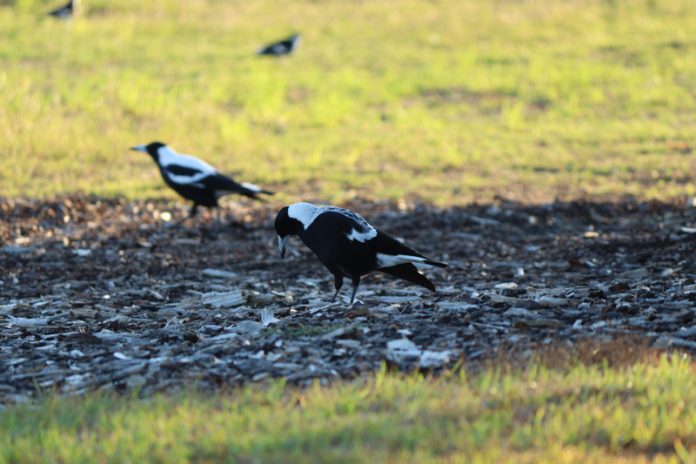Have you noticed any sick magpies in the northern suburbs in the City of Wanneroo or the Shire of Gingin or have the magpies in your area just disappeared?
Wildlife centres record spike in bird paralysis disease (Echo News, March 13) reported on a Perth Hills resident who took two sick magpies to her vet and was told about a spike in a paralysis disease they called black-and-white bird disease.
Birds with black-and-white bird disease – also known as magpie paralysis syndrome – exhibit symptoms such as weakness, inability to stand or coordinate movements – and in more advanced cases, an inability to lift their heads or breathe.
In April Murdoch University researchers warned about a neurological condition affecting Australian magpies and said they were collaborating with wildlife centres and organisations, such as Wildlife Health Australia, to gather information on the geographic range, species and age of animals affected along with conducting tests to find a diagnosis.
Bethany Jackson from Murdoch University’s Harry Butler Institute said WA magpies had presented with similar signs since about 2018, but with the number of cases exponentially growing along with the areas affected, it was vital to identify the root cause of the condition.
“In the past, some birds were diagnosed with botulism, however, there are some parts of this that do not fit with a typical botulism event,” Dr Jackson said.
A Wildlife Health Australia fact sheet published in 2022 said outbreaks of the syndrome occurred in 2003 and in 2005-2006, with as many as several hundred birds reportedly affected.
“Actual numbers may have been significantly higher,’’ the fact sheet said.
“Small numbers of cases with a similar presentation continue to be reported on a sporadic basis, including a cluster of presentations in magpies and Australian ravens on the south coast of NSW in 2015.
“A small number of reported cases from Healesville, Victoria and central Queensland also meet the case definition.’’
According to the fact sheet cases were more frequently reported from coastal suburbs than inland suburbs.
Dr Jackson said they were providing expertise from the microscopic level of wildlife health, examining cells and tissues of affected animals or performing tests with their diagnostics teams to get some clues as to what was happening – through to the big picture work of assembling all the information and working step-by-step to hopefully reach a conclusion.
“We look forward to diagnosing the cause of this syndrome and being able to share that information with wildlife carers, veterinarians and the public.”
For now, Murdoch University researchers are urging the public who see a sick magpie to follow this checklist:
- Avoid contact with the bird. Record what you see, including the location of the animal and take photos or video if safe to do so. For more information, see the Wildlife Health Australia WHA guidance document for sick and injured wildlife.
- Call the WA Wildcare Helpline on 9474 9055.
- Contact a wildlife rehabilitation group or your local veterinarian.
This article appeared on Yanchep News Online on 7 July 2025.

